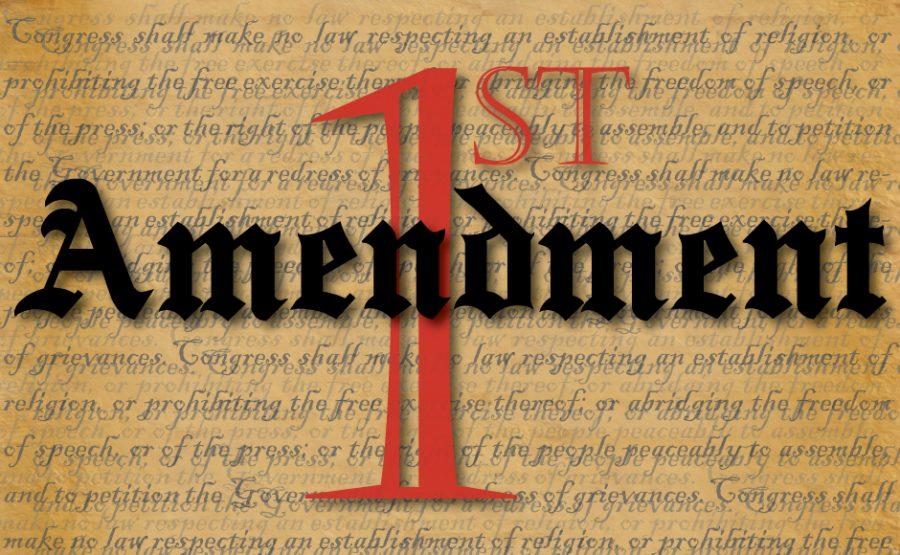Groundhogs Day: Real or Myth?
February 12, 2020
I have been hearing about Groundhog Day since I was in elementary school. I remember doing activities in school centered around Groundhog Day and being excited or disappointed when the groundhog did or did not see his shadow. What I did not know back then was there is a complex history surrounding Groundhog Day that is so much more important than whether or not a groundhog does or does not see his shadow.
Groundhog Day has existed since 1887, but before that February 2 was an important day of “ancient and modern traditions”. According to History.com, for the Celts it was a pagan celebration of the start of spring. During this celebration the Celts honored pagan goddess, Brigid. Brigid is the goddess of fertility, poetry, crafts, and prophecy.
Christianity celebrated the presentation of Jesus at the temple on February 2, calling the celebration Candlemas. This celebration celebrates purification and the returning of light. Along with celebrating the presentation of Jesus at the temple, Christians believed if it was sunny on Candlemas there would be 40 more days of winter. These historical celebrations have made Groundhog Day what it is today.
The first “modern” day Groundhog Day was February 2, 1887. It took place in the small little town of Punxsutawney, Pennsylvania. It began as a prank by the newspaper and since that day there is a celebration that thousands of people attend every year in Punxsutawney. Every year Phil the groundhog – who is 125 years old – is brought out during the celebration by a group of people called the Inner Circle to determine if there will be six more weeks of winter or if there will be an early spring. The Inner Circle goes through a ceremony speaking Pennsylvania Dutch and then the groundhog does his thing.
The question is, how accurate is Phil the groundhog?
The answer is not very. As you could imagine, a groundhog cannot predict the weather accurately, not even Punxsutawney Phil. According to National Centers for Environmental Information, in the last 10 years Phil was only right 40% of the time.
The Stormfax Almanac puts all of Phil’s predictions, since 1887, as only being correct 39% of the time. There are other groundhogs around the United States that are used to predict the season change as well, but Punxsutawney Phil is the origin of where Groundhog Day began and is focused on the most out of all of the rest.
Moral of the story: Do not rely on a groundhog to predict the weather. The historical traditions and celebrations are very much real and significant. These traditions and celebrations are what are important to remember about Groundhog Day. As for Phil predicting the weather and season change, not so real or reliable. Remember where Groundhog Day came from and the celebrations that still happen today on Groundhog Day.









Rich • Feb 1, 2021 at 7:43 am
Well a lot of us have been very curious about where the groundhog Phil is keeped in a cage or being tracked, dug up and there’s no way that this I the same groundhog is 134 years old, this is more of a myth. All the websites say same thing of what groundhog day is, many of us and I hope the animal rights follow this. Could u please update on the really story of Phil not the same history told and this drink he takes